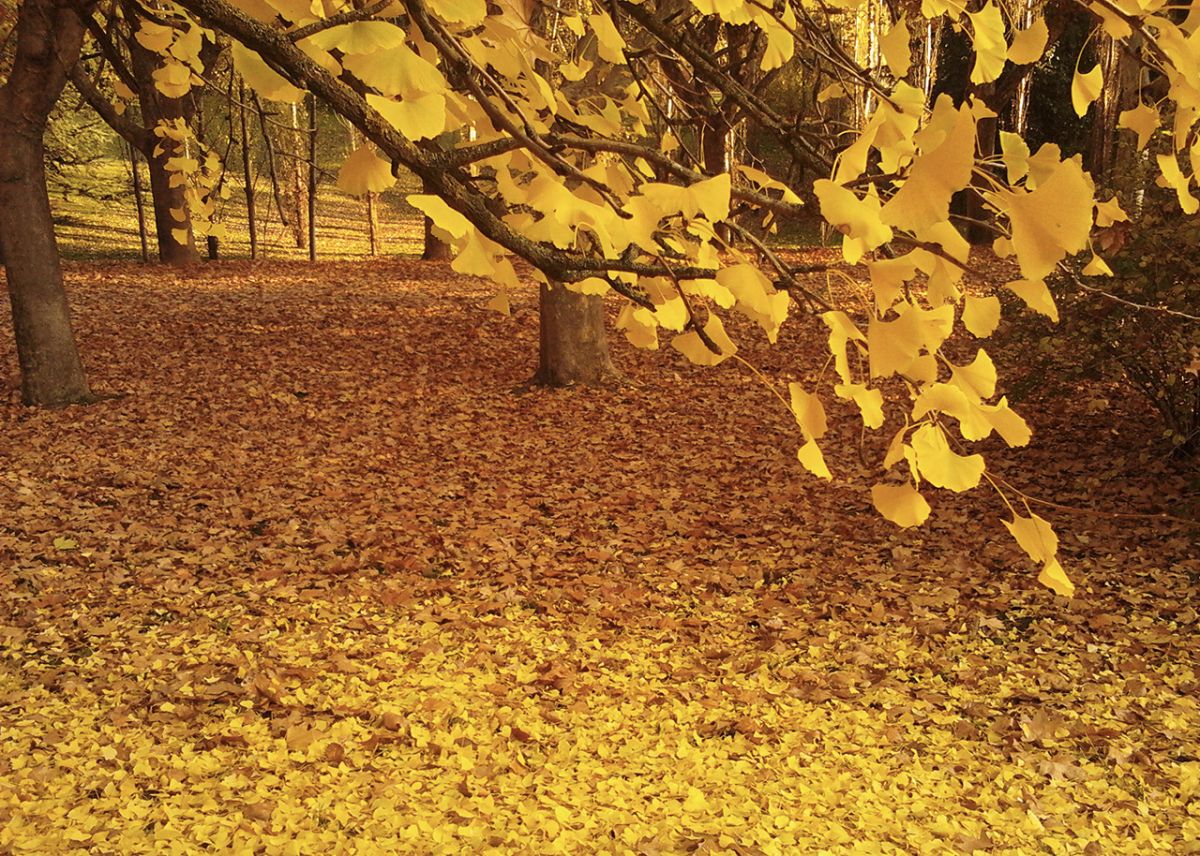The ginkgo tree, for many people, is a fall favorite: its bright yellow, fan-shaped leaves make a spectacular autumn display. Yet ginkgoes are spectacular for another reason, too. They’re old. Really old.
A native to China, the species Ginkgo biloba has been hanging out for over 200 million years. With such a long history, it’s appropriate that individual ginkgo trees are also pretty hardy. The oldest known ginkgo, in fact, is probably about 1,300 years old.
Ginkgoes, of course, aren’t immortal, and they can get killed off from things like blight or bad weather. But these problems come from outside the tree. Ginkgoes themselves seem to be programmed to just keep on living.
That’s the basis of a recent study, which examined ginkgoes between the ages of twenty and six-hundred years old. Researchers looked at something called the vascular cambium, or the layer of cells under a tree’s bark. These cells create the rings in a tree trunk, and they essentially act as the tree’s immune system. The scientists found that though the cambium cells slow down around age two hundred, they don’t stop working. The tree rings get thinner, but the cells stay strong, protecting the tree from disease and transporting nutrients.
In other words, though ginkgoes live a long time, they don’t hit old age like we do—they just don’t get worn down at the cellular level. This means that when you step back and look at one of these trees—its full canopy, how many seeds it produces, the sturdiness of its branches—you’ll see a healthy organism working away, no matter its age.










